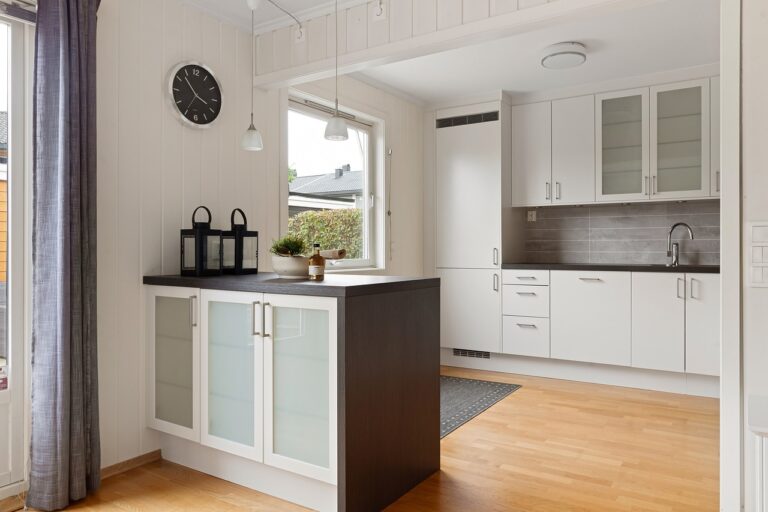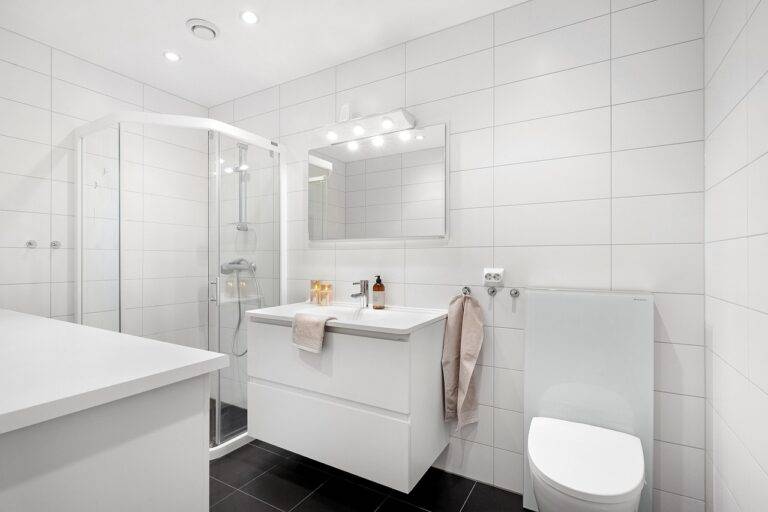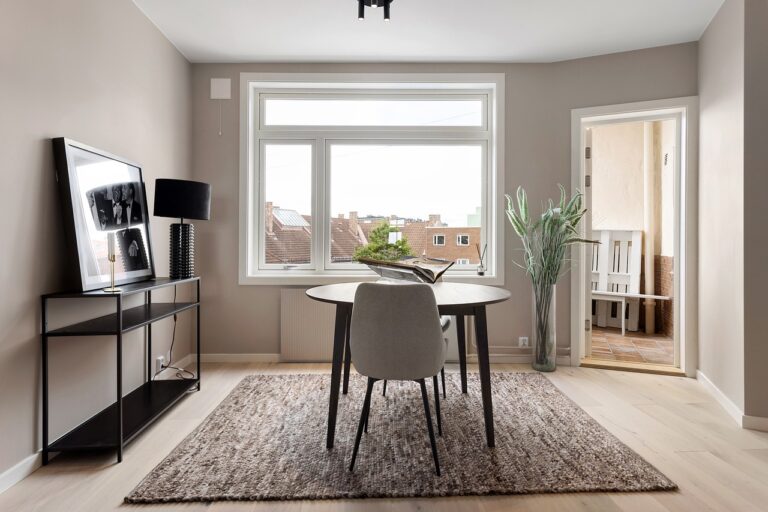DIY Window Treatments: Customizing Blinds, Curtains, and Shades
When measuring your windows for treatments, accuracy is key. Start by using a metal tape measure for precise measurements. Begin by measuring the width of the window from the inside of the frame at the top, middle, and bottom. Take note of the shortest measurement to ensure a proper fit for your treatments.
Next, measure the height of the window in three places: left, center, and right. Again, record the smallest measurement to ensure a snug fit for your chosen window treatments. It’s crucial to measure both the width and height accurately to prevent any gaps where light may sneak through or to avoid treatments that are too tight and obstruct the window from opening easily.
• Measure the width of the window from inside the frame at the top, middle, and bottom
• Record the smallest measurement to ensure a proper fit for treatments
• Use a metal tape measure for precise measurements
• Measure the height of the window in three places: left, center, and right
• Record the smallest measurement to ensure a snug fit for chosen treatments
• Accurate measurements prevent gaps where light may sneak through or obstruct window opening
Different Types of Blinds for Window Treatments
Blinds are a popular choice for window treatments due to their versatility and functionality. One common type is the classic horizontal blinds, which can be adjusted to control the amount of light entering a room. Vertical blinds are another option, ideal for large windows or sliding glass doors, offering easy operation and a sleek appearance.
For a more modern look, consider roller blinds that roll up neatly at the top of the window when not in use. Roman blinds offer a softer, elegant touch with their cascading folds of fabric when raised. For a touch of luxury, venetian blinds made of wood or faux wood add warmth and texture to any room. Honeycomb or cellular blinds provide energy efficiency by trapping air in their pockets, helping to insulate windows and regulate temperature.
Choosing the Right Fabric for Your Curtains
When it comes to selecting the perfect fabric for your curtains, there are a few key factors to consider. Firstly, decide on the level of privacy and light control you desire in the room. Sheer fabrics allow more light to filter through while providing minimal privacy, whereas opaque fabrics offer more privacy and light blocking capabilities. Additionally, consider the function of the room – for example, a bedroom may require thicker, darker fabrics for optimal light blocking and insulation.
Next, think about the aesthetic you wish to achieve in the space. Light and airy fabrics like linen or voile can create a breezy, relaxed atmosphere, perfect for a coastal or Scandinavian-inspired decor. On the other hand, luxurious and heavy fabrics such as velvet or silk add a touch of elegance and sophistication to a room, ideal for formal living areas or bedrooms. By choosing a fabric that complements the overall style of the room, you can enhance the décor and create a cohesive look.
How do I measure my windows correctly for curtains?
To measure your windows correctly, start by measuring the width and height of the window frame. Add a few inches on either side for the curtain rod and a few inches at the top and bottom for proper coverage.
What are the different types of blinds for window treatments?
There are several types of blinds for window treatments, including roller blinds, vertical blinds, Roman blinds, and Venetian blinds. Each type offers different levels of light control and privacy.
How do I choose the right fabric for my curtains?
When choosing fabric for your curtains, consider the style of your room, the amount of sunlight it receives, and the level of privacy you desire. Lighter fabrics like linen or cotton are ideal for a breezy look, while heavier fabrics like velvet or silk provide more privacy and insulation.







